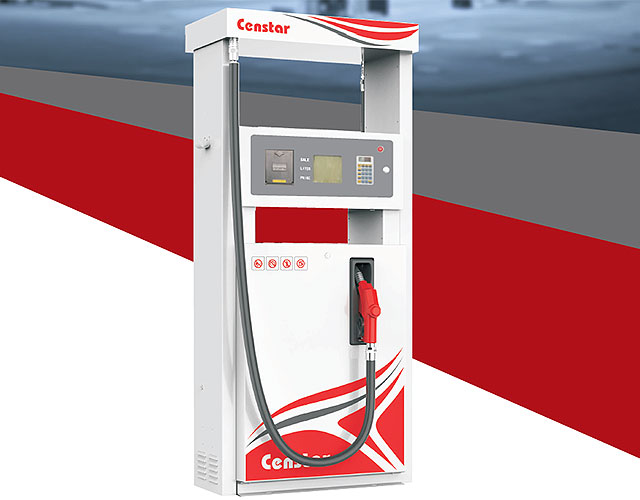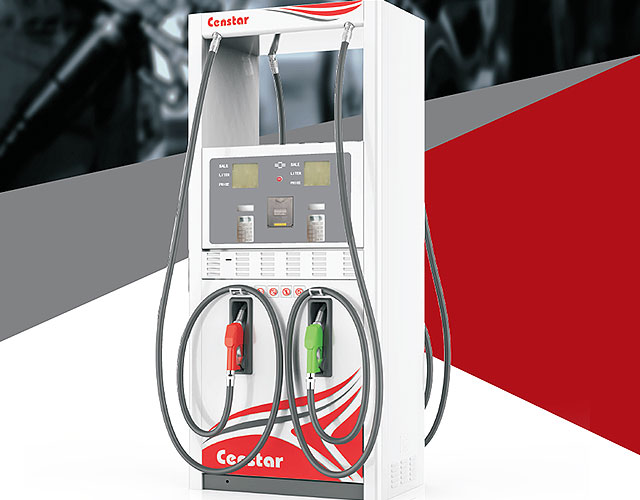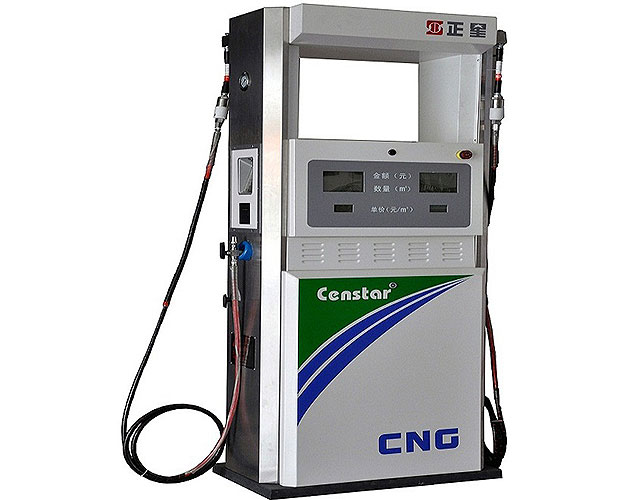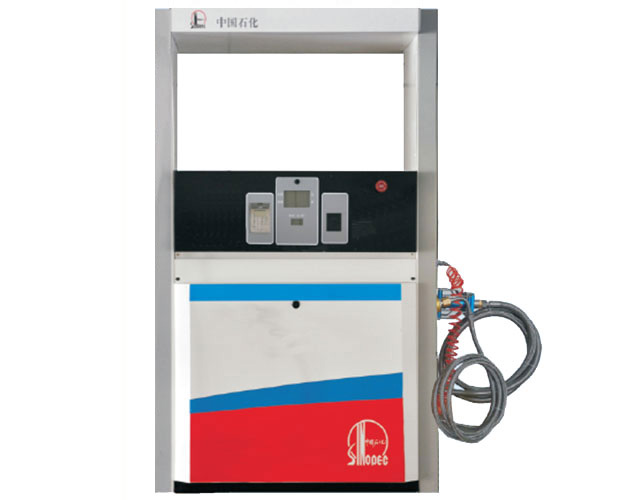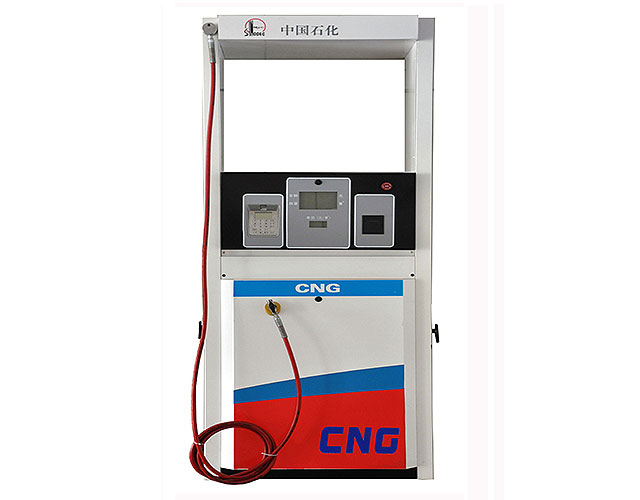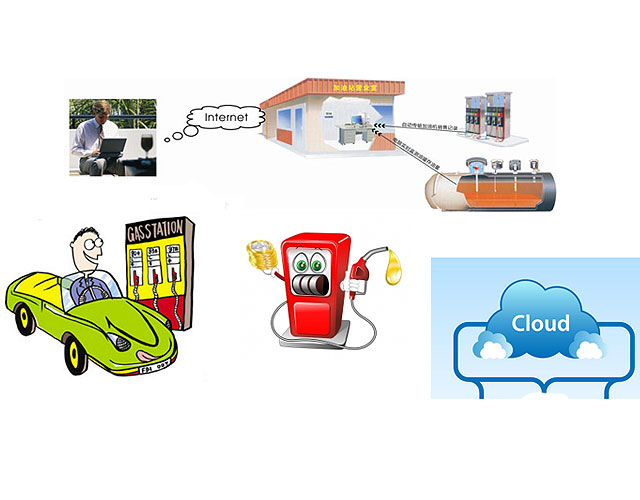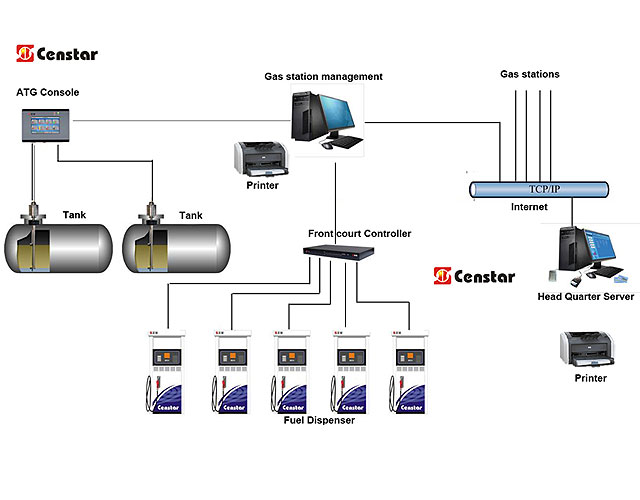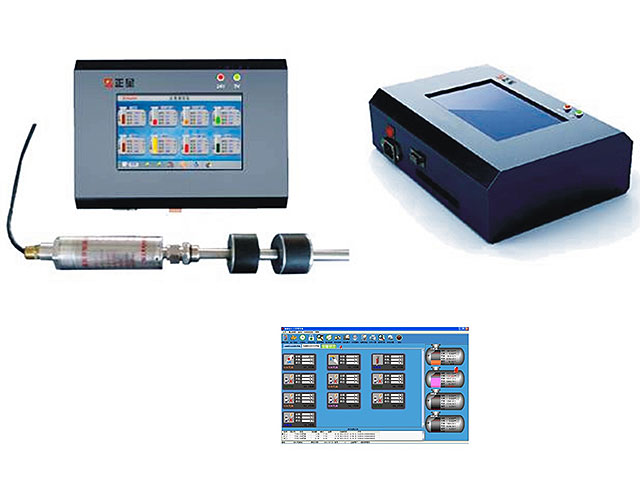what are the process in prifying natural gas at refinery station

Natural Gas Liquids Primer Department of Energy
Natural Gas Liquids Primer With a Focus on the Appalachian Region Page iii Executive Summary . The ongoing renaissance in oil and natural gas production in the United States has provided economic benefits across the country through higher employment and lower energy prices.

Liquefied Natural Gas Processing Honeywell UOP
Liquefied Natural Gas. LNG pre treating technologies remove contaminants upstream of liquefaction processes, so your plants run with fewer upsets for longer intervals between shutdowns adding to bottom line performance. Our integrated solutions are designed to provide lower utility requirements, lower waste disposal costs,

What Is the Environmental Impact of Petroleum and Natural
The environmental impact of fracking for natural gas. Natural gas is a relatively clean burning fuel source — it produces approximately half the CO 2 emissions that coal burning produces — so demand for natural gas has increased in the last few decades as

Pipeline101 What Is The Transportation Process
What Is the Transportation Process? SHARE THIS . then a truck picks up that gallon along with thousands more and moves it to a local gas station. Another example is home heating oil that is also produced at a refinery in Texas and moves over 1,000 miles to Linden, New Jersey. There it is loaded onto a barge and taken to Portland, Maine to a

Gas processes with activated carbon
Mercury removal is particularly important in the production of Liquefied Natural Gas (LNG) as the mercury can lead to corrosion of aluminium heat exchangers used in this process. HGR® is the leading technology for the removal of mercury from natural gas.

Petroleum Refining Flashcards Quizlet
A refinery process in which heavy feed such as flasher bottoms, cycle oil from a cat cracker, or thermal cracked gas oil is cooked at high temperatures. Cracking creates light oils; coke forms in the reactors and needs to be removed after they fill up.

Sweetening petroleum refining
In natural gas: Sweetening Sour gas is sweetened, or purified of its sulfur compounds, by treatment with ethanolamine, a liquid absorbent that acts much like the glycol solution in dehydration. After bubbling through the liquid, the gas emerges almost entirely stripped of sulfur. The ethanolamine is processed.

Separation of hydrogen and LPG from refinery fuel gas
Process Plants; Air separation plants; LNG and natural gas processing plants; Hydrogen and synthesis gas plants. Gas products; Gas generation; Gas processing plants. Partial condensation process and liquid methane wash; Liquid nitrogen wash; Separation of hydrogen and LPG from refinery fuel gas; Rare gas processing; Acid gas removal and sulfur recovery; RECTISOL® wash

What is Refinery Gas? Definition from Petropedia
Refinery Gas is the natural gas that is required to power up various columns and units of a refinery. It is the feedstock for an oil refinery. This gas is a mixture of gases generated in the refinery during the processing of crude oil into various petroleum products.

Chinese gas plant installs H2S, CO2 treating in eastern
Sinopec’s bcfd Puguang natural gas plant in China’s eastern Sichuan province is using Black & Veatch’s Interstage Cooling technology to remove H2S and CO2 from feed gas produced from

Middough industrial gas
For the client’s 450 TPD (tons per day) carbon dioxide purification and liquefaction plant, Middough provided civil, electrical and mechanical engineering and design services. Raw gas from an adjacent refinery is routed into the plant for purification into carbon dioxide which is used in the Northeast U.S. beverage industry.

Process design overview for upgrading a gas to methanol
Methanol manufacturing process. This process begins with natural gas. Traces of sulfur must be removed to avoid poisoning of the reforming and synthesis catalysts used in the process. The natural gas is passed through a catalyst bed, where it is desulfurized.

Gas Processing Filtration
Raw natural gas contains a combination of solid and liquid contaminants, including: pipeline and well treatment chemicals; water vapor; iron sulfide; iron oxide;

Synthesis Gas Processing Honeywell UOP
Clean synthesis gas at the lowest possible capital and operating costs. Hydrogen Purification In gasification applications, UOP combines upstream contaminant removal using the UOP SeparALL process process with Polysep™ Membrane and Polybed™ PSA systems for hydrogen purification. UOP also can supply integrated Polysep Membrane

Liquefied Natural Gas Processing Honeywell UOP
UOP adsorbent solutions remove mercury from offshore natural gas streams to help protect downstream piping and processing equipment. Deployed in more than 30 applications, the regenerable and non regenerable systems offer infrequent change outs, longer adsorbent lifespan, and reduced footprints for smaller vessels to enhance profitability.

» Processing Natural Gas
Processing Natural Gas. Natural gas, as it is used by consumers, is much different from the natural gas that is brought from underground up to the wellhead. Although the processing of natural gas is in many respects less complicated than the processing and refining of crude oil, it is equally as necessary before its use by end users.

In refineries, why do they have a constantly burning flame
The tower that has a constant burning flame is called a Flare Stack. In very simple terms, it is just like the burner of a gas stove with a controlled burning of natural gas though its pilot burners. It is the last line of safety/defense for refi

Natural Gas Processing & Purification Shell Catalysts
Natural gas powers, heats and cools industries, homes and businesses; it fuels trucks and ships as an alternative to diesel and heavy fuel oil; and it goes into many everyday essentials. Natural gas can help to meet that challenge by reduc ing emissions and improving air quality when it re places coal and diesel.

Natural gas purification and refinery
Oil & Gas — Natural gas purification and refinery Purification of natural gas is extraction of the components that complicate the use of gas as a fuel and raw materials or substances that pollute the environment.

Petroleum & Refinery Statista
Oil refining is the process by which crude oil is manufactured into more complex and useful products. This process comes mainly through purification, distillation and conversion of crude oil in refineries. Oil refineries are large industrial complexes, noticeable mainly by


